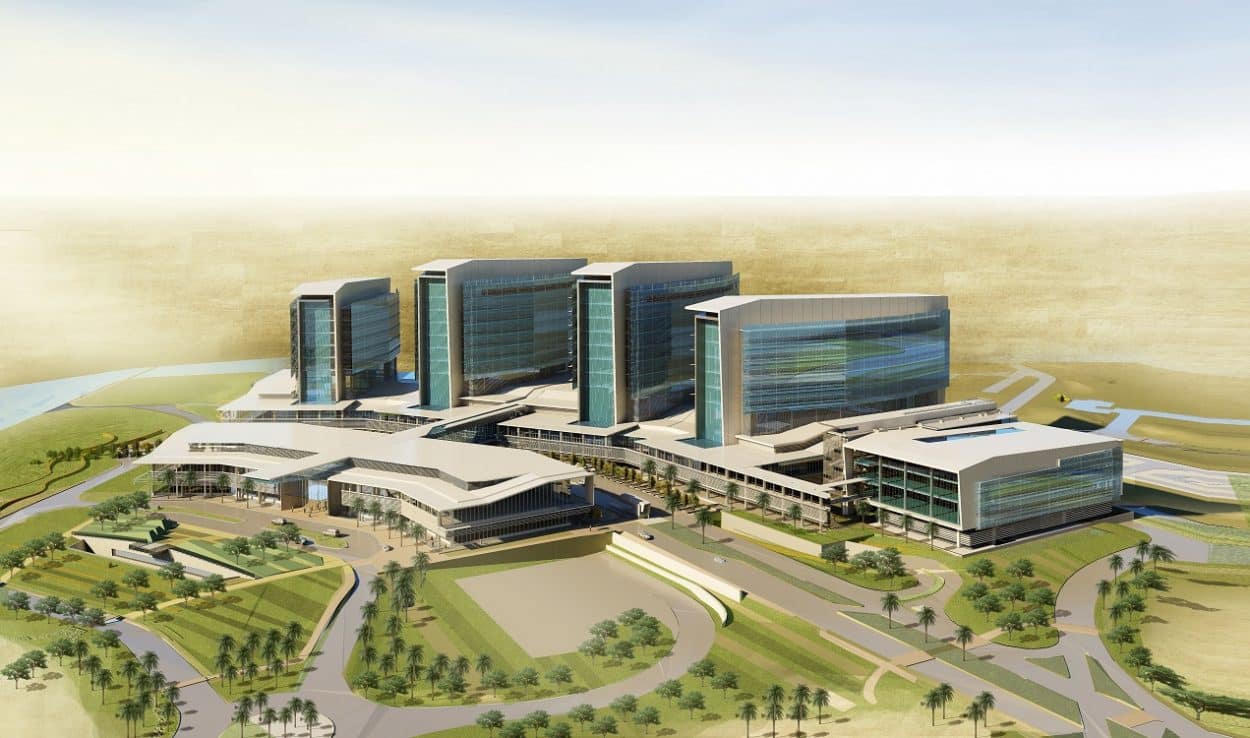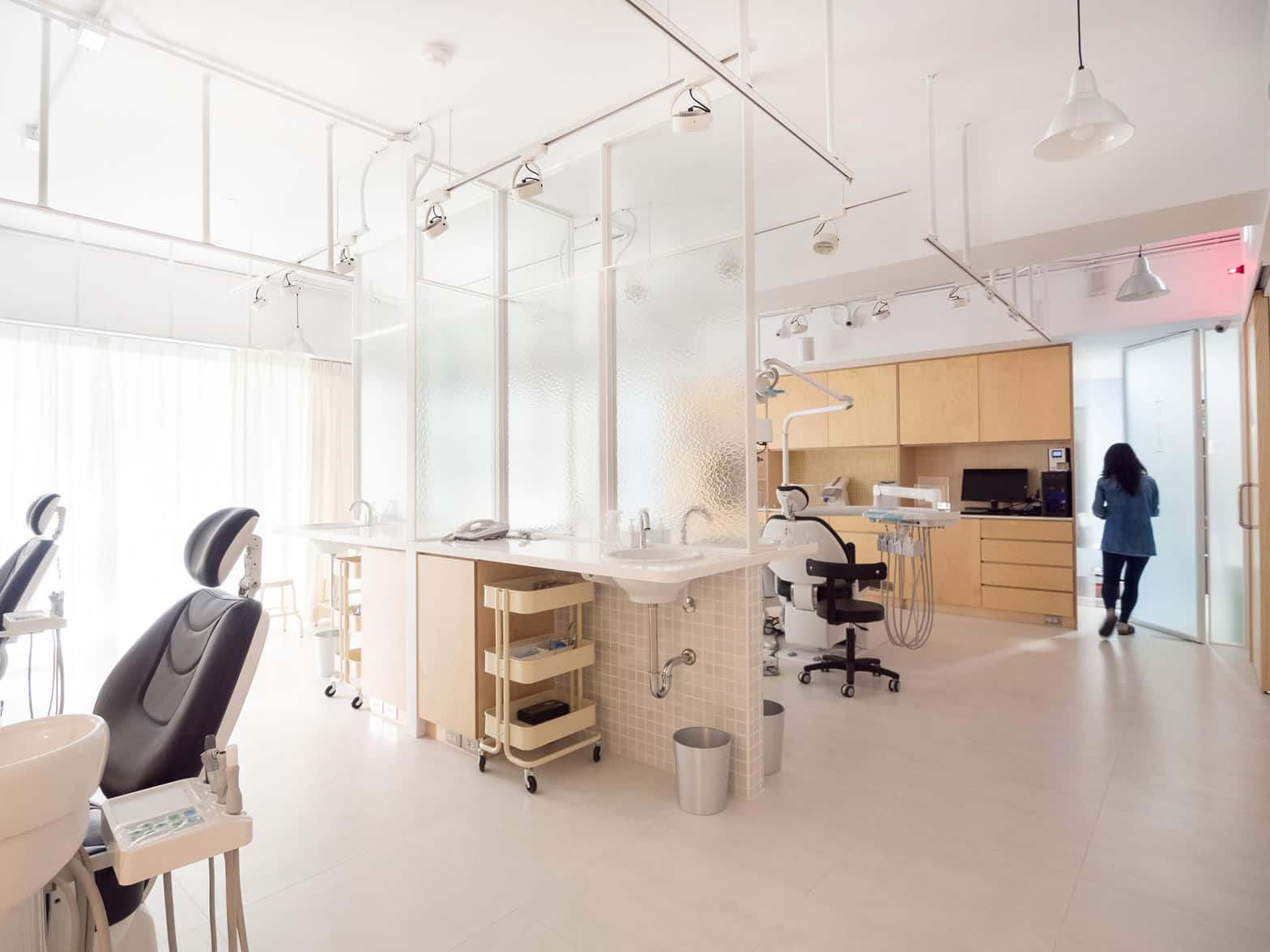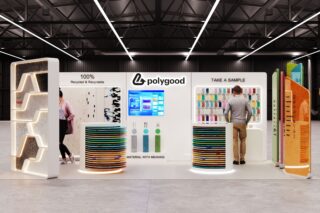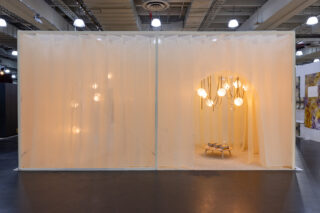Hospitals and other healthcare-focused buildings are typically conceived as cold, uniform, joyless places. Faced with numerous challenges, those designing such spaces often seem focused on purpose rather than feeling, on function rather than form. Yet today, as the patient-centric design is prioritized, a new type of healthcare architecture is increasingly putting people first.
It was against this backdrop that the first day of ArchMENA 2016 (April 25-26) saw a panel discussion entitled “Creating state of the art medical facilities by solving the challenges faced by healthcare professionals and putting the patient first.”
ArchiExpo e-Magazine caught up with three panelists and the moderator to get their thoughts on the discussion.
A Human Space
Today there is a growing awareness that healthcare spaces can play a key role in helping patients relax and heal. A growing number of architects are now adopting a holistic approach to their work, resulting in buildings that enhance interaction between patients, families and caregivers.
“Patients relate the quality of their medical care to the feel and experience of their surroundings,” says panelist Marwan Houry, A Dubai-based principal for professional services firm Stantec International.

University of Queensland Oral Health Centre. An example of a warm and inviting interior design. Courtesy of Cox Rayner Architects.
Houry points to the Stantec-designed Al Mafraq Medical Center in Abu Dhabi (now nearing completion) as an example.
“The environment here will be centered on the patient experience,” he says. “This new hospital is designed according to several key concepts—efficiency and flexibility within the space, expandability on the site, and sustainability within an environmentally sensitive landscape.”
“Healthcare spaces must be designed to mitigate the stress and anxiety typically associated with the need for medical attention,” says panelist Jeffrey Brand, principal at New York-headquartered Perkins Eastman.
“Something as simple as a well-placed comfortable sofa with an adjacent table to accommodate a laptop, or an electrical outlet to charge a phone or power a tablet, can enhance the hospital experience for a staff member, patient or visitor.”
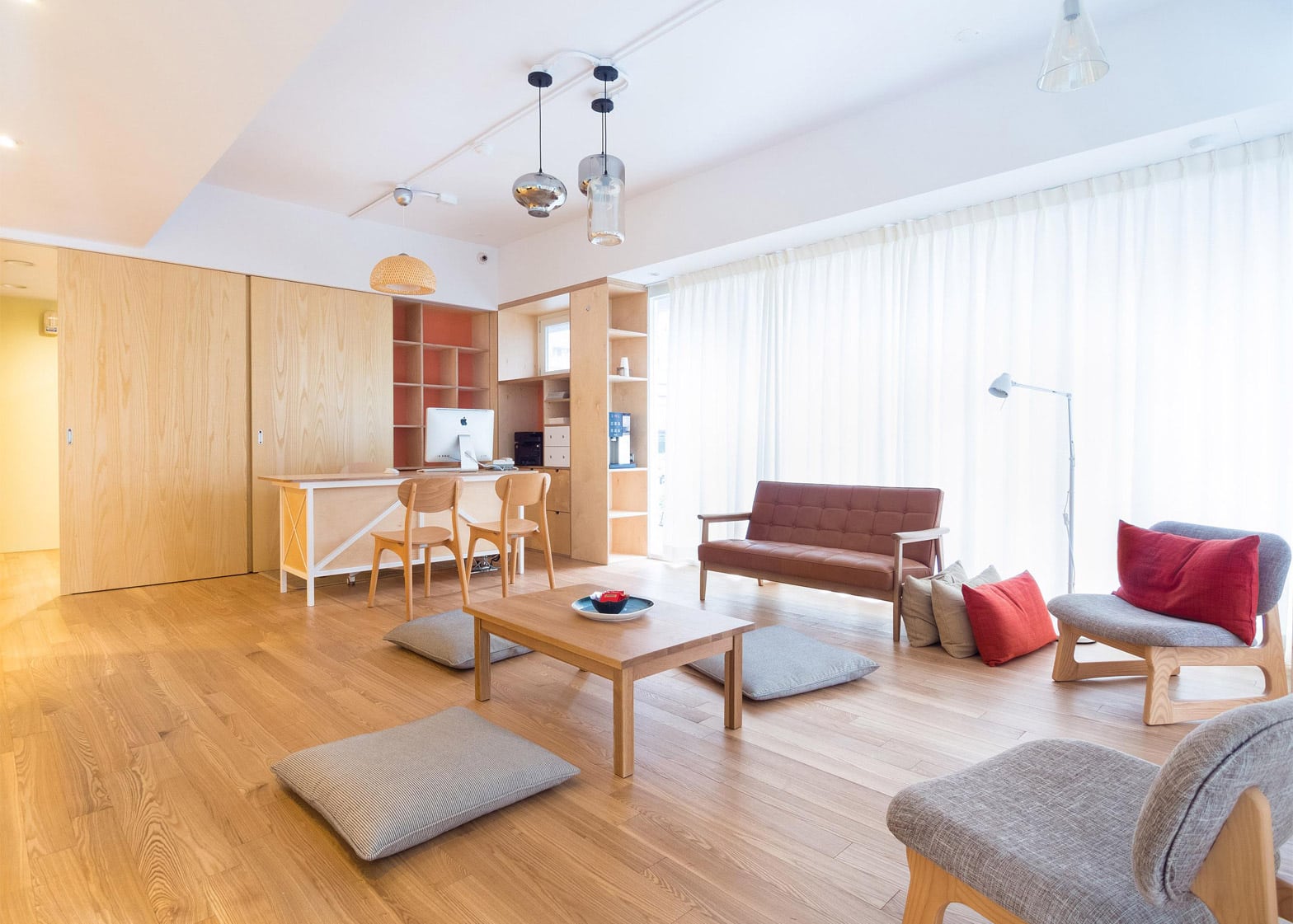
Dental clinic in Taoyuan city in Taiwan by architect Germain Canon and interior designer Li Mengshu.
Technological Focus
The ongoing development of medical science and technology is also a huge driver for change within the field of healthcare architecture. Over the last two decades, advances in genetics, cell function and other aspects of human biology, complemented by progress in diagnostic imaging and interventional techniques, have revolutionized the nature of hospital care. Many conditions can now be treated out of the hospital, or within one day.
Going forward, advances in technology will continue to impact healthcare design.
“Hospitals and healthcare systems of the future will look very different,” says panelist Carson Shearon, principal and international strategies leader at American architectural firm CannonDesign. “They will continue to branch out and meet people where they are—outside of hospitals and clinics.”
“Over the next decade I think we will see increasing demand for super-specialized healthcare facilities,” says panel moderator Bhakti More, an associate professor at the School of Design & Architecture at Dubai’s Manipal University. “The concept of medical tourism is also getting popular and will have an impact.”
